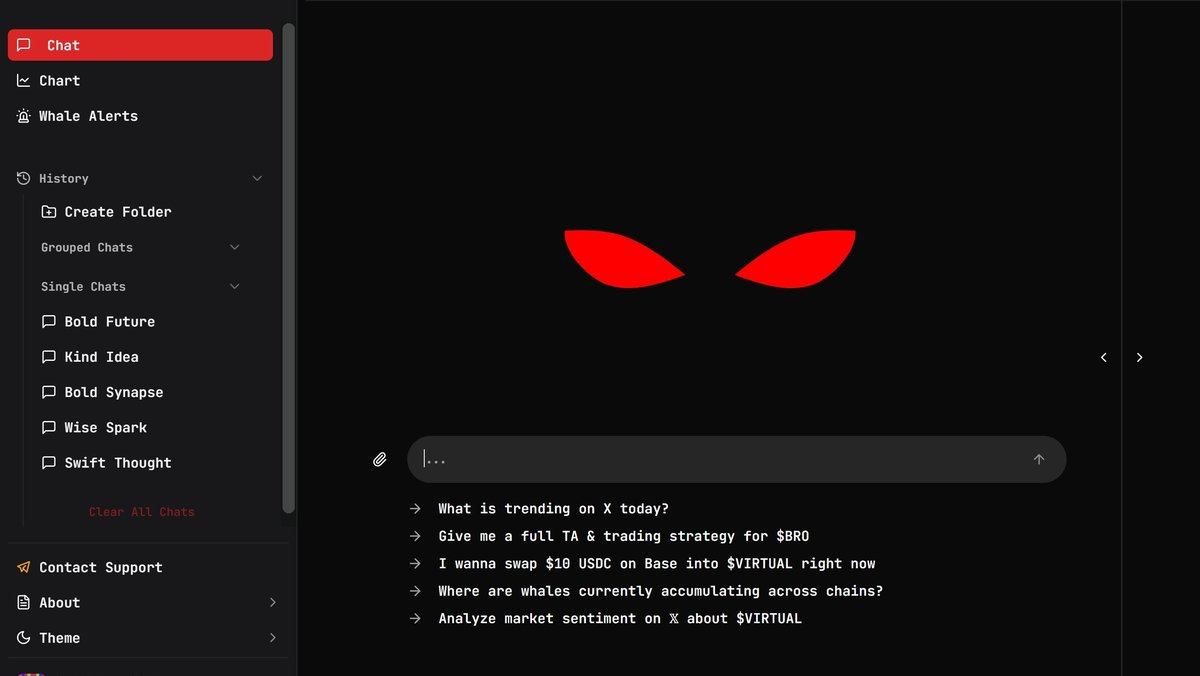How to Withdraw from Fidelity Crypto
For investors who have purchased Bitcoin or Ethereum through Fidelity’s crypto platform, understanding how withdrawals work is crucial. While many traditional crypto exchanges allow direct transfers to personal wallets, Fidelity currently has a more restricted approach due to regulatory and security considerations. This guide explains the withdrawal process, limitations, and alternatives available to Fidelity users.
Can You Withdraw Crypto from Fidelity?
As of 2025, Fidelity does not allow direct crypto withdrawals to external wallets. Investors who buy Bitcoin or Ethereum through Fidelity must hold their assets within Fidelity’s custody system. This differs from platforms like Coinbase or Kraken, where you can move assets to a private wallet or hardware wallet.
How to Access Your Crypto Value
Although you cannot send Bitcoin or Ethereum directly from Fidelity to a wallet, you can still realize the value of your assets:
- Sell Crypto: Convert your Bitcoin or Ethereum into U.S. dollars within the Fidelity platform.
- Withdraw USD: Transfer the U.S. dollars to your linked bank account.
- Reinvest Elsewhere: If you want custody of your own crypto, you can then repurchase Bitcoin or Ethereum on an exchange that allows withdrawals (e.g., Kraken or Coinbase).
Why Fidelity Restricts Withdrawals
Fidelity’s approach is designed to appeal to conservative investors and institutions. By limiting withdrawals, it reduces the risks of user error (e.g., sending funds to the wrong address) and increases regulatory compliance. This makes Fidelity a secure but less flexible option compared to traditional exchanges.
Alternatives for Self-Custody
If self-custody is important to you, consider using exchanges like Kraken, Coinbase, or Gemini, which allow external transfers. Hardware wallets (such as Ledger or Trezor) are also excellent for storing Bitcoin and Ethereum securely.
Risks and Considerations
- Security vs Control: Fidelity provides strong security, but you give up control over your private keys.
- Liquidity: Selling and rebuying crypto elsewhere may incur additional fees.
- Regulation: Fidelity’s restrictions reflect its commitment to U.S. financial laws, which may evolve in the future.
Conclusion
While Fidelity does not currently support direct crypto withdrawals, it offers a safe and compliant way to gain exposure to Bitcoin and Ethereum. If you prioritize convenience and regulation, Fidelity may be ideal. If you want true ownership and self-custody, you’ll need to use a more traditional crypto exchange.
Further Reading and Resources
Crypto Insurance | Signals | Fidelity Crypto
Frequently Asked Questions
Can I withdraw Bitcoin from Fidelity? No, Fidelity currently does not allow withdrawals of crypto to external wallets.
How do I move my crypto out of Fidelity? You must first sell your crypto for USD, withdraw the funds to your bank, and then repurchase on another platform that allows withdrawals.
Will Fidelity allow withdrawals in the future? It’s possible, depending on regulatory changes and customer demand, but no official timeline has been announced.







